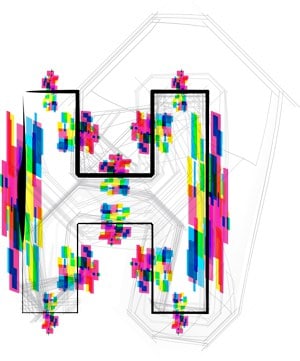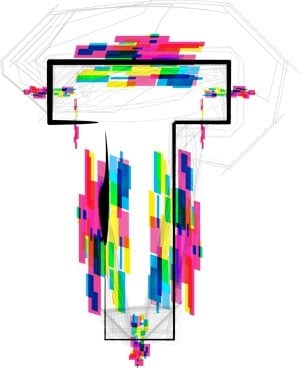
Limmer Education

by Marc Minkler
Our articles are read by an automated voice. We offer the option to listen to our articles as soon as they are published to enhance accessibility. Issues? Please let us know using the contact form.
When you arrive on the scene, the building manager lets you into an apartment where you find a 56-year-old male lying on the floor. He is unresponsive, breathing, and has no signs of major bleeding or trauma. In fact, he looks like he is just lying there sleeping. No one else is around, and all you know is that his name is Dale. Now what? Suddenly the OPQRST and SAMPLE mnemonics you know so well are out the window. Time to get down to business – we need to figure out if this patient is critical or not.
Reasonably, you may state that being unconscious is critical. Certainly, it is cause for concern. But where else shall we go? Is saying my patient is unconscious enough? We need to assess this patient more, but what to look at and do? Often taught is the AEIOU-TIPS strategy. In ACLS and PALS, we learn the H’s and T’s during cardiac events. Interestingly, we can use the H’s and T’s for not just pulseless cardiac arrest, but as one avenue for assessment of the unknowns in a patient without reliable history and information.
Is your patient getting enough oxygen? Open the airway if you hear snoring or other abnormal airway sounds. Provide supplemental O2 if pale, confused, or reliable pulse oximetry below 94%.
Just as important as getting oxygen is the ventilation that needs to occur. If there is not adequate chest rise and fall happening to bring oxygen into the lungs AND remove the waste of carbon dioxide, your patient will become acidotic quickly. Assist ventilations with a BVM if this is not occurring. Remember the patient can still be breathing, but depth and rate need to be appropriate for their age.
Along with oxygen, glucose powers the cells and must be above 60mg/dl in adults. It is a straightforward assessment to do, and a person does NOT need to have diabetes to have low or high blood glucose. Treat with glucose (if hypo-) or fluid (if hyper-), based on your results.

Potassium is a key component in normal cellular function, and although not easily determined in the prehospital arena, consider hypokalemia in cases of diarrhea. Hyperkalemia, although rare, is a suspect in kidney failure, overuse of NSAIDs (i.e., ibuprofen and naproxen), beta blockers and ACE inhibitors.
Warm and cozy makes for a good day. Is your patient warm and cozy? Overly cold or hot patients should be returned to as normal as you can, through cooling or warming measures. Remember, wet clothes on or under a patient will prevent you from ever warming them properly.
Blood loss, excessive vomiting, and major burns will all cause fluid loss. This loss of fluid significantly impairs the circulation to bring oxygen to the cells and remove waste products. Be especially mindful in the pediatric patient where this can be particularly life-threatening.
This includes everything from bee stings, chemical poisoning, alcohol abuse, to drug usage. Look for signs of any of these conditions through scene clues, medical alert tags, and looking for signs of drug usage. Remember drug usage includes S.H.O.P. – Street, Herbal, OTC, and Prescription. Be sure to document any and all of the four categories. All of these types of drugs can cause patient care issues and interactions.
Be especially mindful of a head and spinal trauma in the unconscious patient. Neurological insults can present as short-term or long-term periods of mental changes. It is critical to assess any change you observe.
Although pneumothoraxes can be small and of little impact, a tension pneumothorax can quickly take your patient to death’s door. Listen to lung sounds repeatedly, and remember that this can occur in both trauma and medical conditions.

Just like your aunt giving you a giant hug at Christmastime, squeezing your heart too much causes it to function poorly. Caused by as little as 200ml of fluid filling the sac around the heart, key suspects are chest trauma and sometimes, cancer.
This can be both a massive MI as well as a pulmonary embolism. Does your patient have signs of previous cardiac issues, long-term immobilization, obesity or pregnancy? These can serve as further clues to the cause.
Consider using your H’s and T’s not just during a cardiac arrest using ACLS, but rather as an assessment tool to think about what may be a culprit in your unconscious patient. As emergency responders, we must continuously fight against limited time and limited information, and these assessments may serve you well in that battle.

Limmer Education

Dan Limmer, BS, NRP

Limmer Education